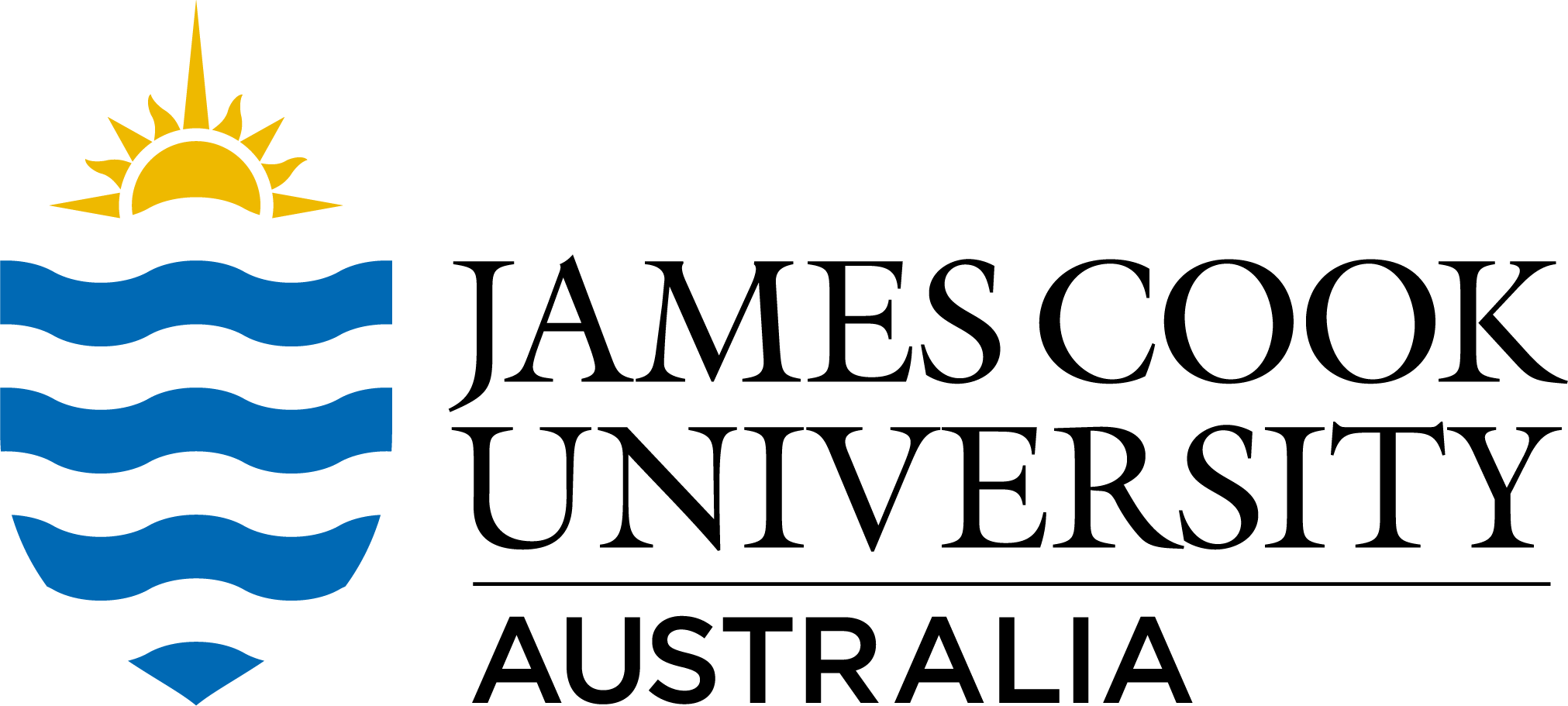Full description
Background:In medical education, teaching by humiliation (TBH) has been identified as a potentially harmful practice contributing to mental distress. However, the link between these two factors is under-researched. This study aimed to investigate the prevalence of TBH and mental distress in Australian medical students. It explored correlations between these variables, seeking to establish a mediation relationship.
Methods:From December 2023 to April 2024, an anonymous online cross-sectional survey was conducted among Australian medical students. Participants were recruited through convenience sampling, with the survey link distributed via medical student Facebook pages, university educational platforms, and Email. Eight Australian universities were involved in the study, offering either a Bachelor of Medicine, Bachelor of Surgery (MBBS) or Doctor of Medicine (MD) degree. All medical students at these universities were eligible to participate, with exclusion criteria including the inability to speak or read English. A total of 466 surveys were returned, with a final sample of 244 participants remaining following data cleaning and removal of incomplete responses. The online survey included demographic questions regarding age, year of study and program, previous mental health diagnosis, weekly alcohol intake, and perceived family support. TBH was measured by the following question from the Association of American Medical Colleges’ (AAMC) graduate survey. The mental distress of participants was determined using the 21-item Depression Anxiety Stress Scale (DASS-21). The emotion of anger was measured with the 15-item Trait Anger Subscale (TAS). Shame was quantified using the modified 8-item Other as Shame Scale (OASS), adapted from the original 18-item Internalised Shame Scale (ISS). Embarrassment was measured using the Susceptibility to Embarrassment Scale (SES), consisting of 25 items. Data analysis was performed using the Statistical Package for Social Sciences (SPSS) version 28. To test RQ1 and RQ2, crosstabulation was conducted to estimate the prevalence of experiencing TBH and the prevalence of mental distress, respectively. Survey responses to the question on TBH were further stratified into “yes” (responses of 1, 2, and 3) or “no” (responses of 0). To test H1, Spearman’s rho correlation tests (rs) were performed on continuous variables, where rs = 0.100 - 0.300 represents a weak correlation, rs = 0.400 - 0.700 indicates a moderate correlation, and rs = 0.700 - 0.900 reflects a strong correlation [43]. To test H2, mediation analysis was conducted using Model 4 within the PROCESS version 4.2 software for SPSS, incorporating 5,000 bootstrap samples to produce 95% confidence intervals (Cl). TBH was entered as the independent variable (IV), mental distress as the dependent variable (DV), and anger, embarrassment, and shame as mediators. To determine confounders, analyses of variance (ANOVA) and independent samples of t-tests were conducted on demographic variables to identify any significant differences with the IV, DV, or mediators.
Results: Based on these results, weekly alcohol intake, previous mental health diagnosis, perceived family support, and study year were identified as covariates and entered into the model. Standardised effect sizes (β) were then calculated for the indirect and direct effects, where β = 0 - 0.0100, β = 0.0200 - 0.0800 and β ≥ 0.0900 indicate small, medium and large effect sizes, respectively. Before the main analyses, assumption tests were conducted on the IV, DV and mediators. The assumptions of multicollinearity and homogeneity of variance were not violated by any variables. However, normality testing using the Kolmogorov-Smirnov indicated significant deviations for the IV, DV, anger, and shame (p < .00100 in all cases). Linearity tests also revealed a p value of .0300 for anger, thus breaching the assumption. To address the non-normality of the distributions and non-linearity of the anger variable, bootstrapping was employed in the mediation analyses. To account for the violations of normality, a non-parametric correlation test (Spearman’s rho) was used for correlational analysis.
This data record contains:
- Survey data in .sav and .xlsx formats
- Codebook in .xlsx format Software/equipment used to create/collect the data: Qualtrics and SPSS Version 28 Software/equipment used to manipulate/analyse the data: SPSS Version 28, PROCESS for SPSS
Created: 2025-04-02
User Contributed Tags
Login to tag this record with meaningful keywords to make it easier to discover
- DOI : 10.25903/XNJN-6574

- Local : researchdata.jcu.edu.au//published/a3a550900f6111f08ba5bddfe268d013


